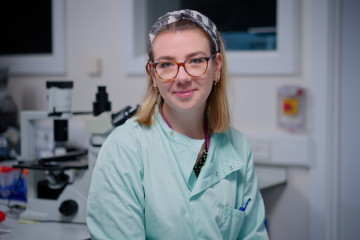Fellowship
Understanding brain regeneration in a zebrafish larval model of intracerebral haemorrhage

At a glance
Completed
Award date
May 2021 - May 2023
Grant amount
£126,367
Principal investigator
Dr Siobhan Crilly
Institute
University of Manchester
R
- Replacement
Read the abstract
View the grant profile on GtR
